Our Sustainability Commitments
There has been a sharp increase in attention over the past few years by industry, consumer, and government’s ‘reduce, reuse, recycle’ approach to waste. Sustainable mindsets and a focus on net zero by 2050 mean innovative businesses are changing how their waste is processed, diverting it from landfills or taking strides toward zero waste operating models.
Sustainability is a joint effort. At insignia, our targets are an ambitious commitment to our employees, customers, and wider ecosystem to reduce our carbon footprint and contribute to a healthier planet.
Not only are we actively implementing practices that reduce the environmental impact of our operations, but we’re also supporting and enabling sustainable regenerative practices to help our customers achieve their sustainability goals.
To meet our ambitions, we are working to mobilise our sustainability efforts around five key areas:
1. Reducing Landfill Waste and Disposable Packaging
We’re thinking differently about the way we use product packaging and implementing circular design thinking to enable better recycling solutions for our customers. We’re achieving this by designing more efficient product packaging resulting in less material required to protect products without compromising product integrity, transitioning to recyclable packing materials reducing our impact on our customer’s non-recyclable waste, adding more recycled content into packaging items, and working with our customers to identify alternative methods for recycling label liner waste.
Australia's 2025 National Packaging Targets are designed to deliver a new and sustainable approach to packaging. As a leading solutions provider of labels and coding technologies, we endeavor to support Australian businesses in achieving these targets by providing technologies that apply transparent and clear messaging on labels, packaging and cartons, in turn playing an integral role in reuse of materials.
Alongside our waste partner Veolia, we’ve implemented recycling channels throughout our sites nationwide. Installing Multisort bins for landfill, co-mingle, organic waste, and paper in our offices, and TerraCycle bins for PPE in our manufacturing facilities diverts waste from landfill and recovers waste for reuse or repurposing to better utilise our waste streams. Through this project alone we have seen over 100 tonne of waste diverted from landfill in FY 20-21.
2. Engineering for Circularity
Rising public awareness and concern about the plastic and product lifecycle has encouraged businesses to increasingly communicate this information about their packaging. There is greater societal emphasis on the journey of products and their impact on the environment: when and where a product is made, by whom, materials the product is made from and what happens after use. We continue to work closely with suppliers to identify alternate raw material supply for our labels, tags and packaging that is healthier in production and recyclability.
Not only are we involved in making contributions to the circular economy through these initiatives, we’re also designing out excess chemicals and solvents in our press room. Under our rag-recycling program, all rags used during the production of our labels, tags and tickets are washed to mine out the solvents with clean rags returned to the press room for reuse.
3. Powering up Sustainable Energy
Clean energy is an important strategy for reducing the greenhouse gas (GHG) emissions contributed by our operations. We’re committing to renewable energy and continuing to rollout sustainable energy sources across our sites.
In a step towards our long-term goals of taking carbon out of the atmosphere, we continue to actively invest in infrastructure that supports our mission to reduce the carbon footprint from our direct operations.
We have invested in a 99.9kW solar system to power our presses and continue to explore alternative renewable energy sources to avoid additional GHG emissions and increase our renewable energy footprint.
4. Leverage Resposonsibly Sourced, Environmentally Friendly Products and Technologies
The basic principles of a circular economy offer a new way to think about waste by eliminating excess material consumption or using less virgin product to keep materials in use for more extended periods in the environment.
Responsible practices employed to unlock whole of supply chain circularity include sourcing sustainable packaging materials, designing labels that categorise recycling instructions, supplying labels with no waste byproduct, or use of 2D Datamatrix codes as data points that track products through supply chains.
To reduce the virgin material required for packaging we have converted to alternative materials where possible resulting in 95% of our cartons being manufactured with recycled materials. For mechanical systems, this means adopting preventative maintenance, upgrades, and repairs to reduce industrial waste.
Our industry partners have also introduced technologies to minimise environmental hazards by designing eco-friendly laser and ink-coding solutions for current and future material streams that meet sustainable criteria without sacrificing performance and durability.
5. Governance, Stewardship and Compliance
Partnerships are critical for collective impact. As part of our pledge, we’re actively involved with industry organisations including Australian Packaging Covenant Organisation (APCO) and GS1 who are working toward similar goals, helping to innovate and improve sustainability throughout the supply chain.
Our annual APCO Sustainability Report and Action scorecard measures performance and reflects the progress against our sustainability goals. We’re proud to achieved advanced or leadership scores in over half of the criteria measured in FY21-22.
We’re also collaborating with our customers to introduce the Australasian Recycling Label (ARL) on their primary labels and packaging to ensure the decisions made at every stage of a product’s life cycle, from manufacture to recycling, can have a positive impact on sustainability, cost, and a broad range of other supply chain efficiencies.













